AI impacts several industries across the globe. It makes companies operate effectively and solve various issues. Some people are probably familiar with the classic concept of artificial intelligence, but there is a new one called Agentic AI. It is important to make a distinction between the two forms of AI. This knowledge will enable us to understand the role of technology in our lives. In this article, we will discuss the differences between the two concepts, namely Agentic AI and Traditional AI, why it is crucial to understand them, and what this entails.
Listen to our Podcast: Agentic AI vs. Traditional AI
What is Traditional AI?
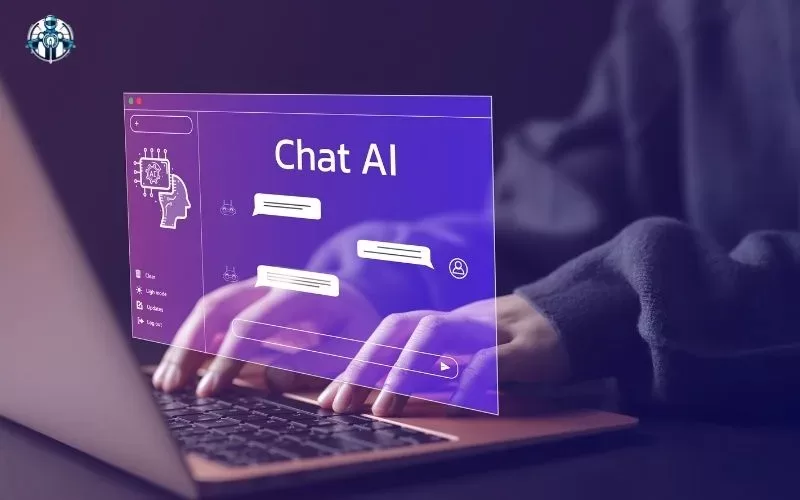
Traditional AI means systems that have been developed to solve certain problems. These tasks involve using rules, algorithms, or insights from data. The traditional AI has specific objectives, and it operates within specific boundaries. Here are some examples of traditional AI:
- Chatbots: These programs use scripts or answers derived from data to answer customer queries.
- Image recognition systems: These systems detect images, faces, or any shapes in pictures through models that these systems have been trained on.
- Recommendation engines: These tools make recommendations regarding movies, products, or songs by analyzing the history of a user.
Understand how Agentic AI supports the creation of fully autonomous systems. Explore more here.
Characteristics of Traditional AI
- Task-Specific: Traditional AI is built to solve certain problems, such as language translation or identifying fraud.
- Predefined Parameters: It is very bound within specific rules or models that are provided during its training period.
- No Independent Decision-Making: Traditional AI cannot make decisions on its own. No change or upgrade can be done without the intervention of a human being.
Traditional AI can handle big data in a short time. This makes it good for a particular task, which has well-defined objectives. But it fails when tasks involve creativity, initiative, or decision-making that goes beyond the programming it has received.
See how Agentic AI is set to transform the financial industry with innovative applications. Read the blog now.
How Traditional AI Works
Traditional AI systems use machine learning and deep learning as their main approaches.
- Machine Learning: These systems learn from the given data in order to detect patterns and to make some predictions.
- Deep Learning: More sophisticated systems use neural networks. These networks attempt to model the neocortex by using various layers to solve large problems, for example, those that a brain would solve.
For instance, a spam email filter is an application of machine learning as it sorts emails. It categorizes them by means of models derived from available training data that have been annotated. However, it cannot enhance its filtering alone and needs more data to be introduced to it for better filtering.
Discover the foundational architecture behind Agentic AI and how it enables advanced functionality. Read about Agentic AI systems here.
What is Agentic AI?

Agentic AI is a new idea that moves past the limits of traditional AI. It defines structures that are capable of operating within an environment on their own. These systems are decision-makers who select goals, environments, and conditions of operation. While normal AI is quite different, Agentic AI functions in a similar manner to a human. It has to be proactive and can learn to solve new problems without being told what to do by people.
Learn how Agentic AI is revolutionizing technology and shaping the future of intelligent systems. Read more about Agentic AI here.
Example of Agentic AI in Action
In the most developed healthcare systems, Agentic AI works with doctors to identify diseases. Traditional systems compare symptoms with a database. On the other hand, agentic AI looks at the patient’s information more carefully. It looks at historical trends and is based on the most up-to-date medical research.
Dive into the world of Agentic Automation and its role in simplifying complex tasks. Find out more here.
This makes it possible to come up with the most appropriate treatment regimens. Also, it captures the follow-up of the patient. These results enhance its recommendations and contribute to the advancement of medicine.
Curious about how Agentic AI compares to large language models (LLMs)? Explore the differences in this blog.
Frameworks for Developing Agentic Artificial Intelligence
1. GoEX:

Shishir Patil started GoEX at UC Berkeley. It assists developers in creating safer and more private applications of AI.
2. AutoGen:
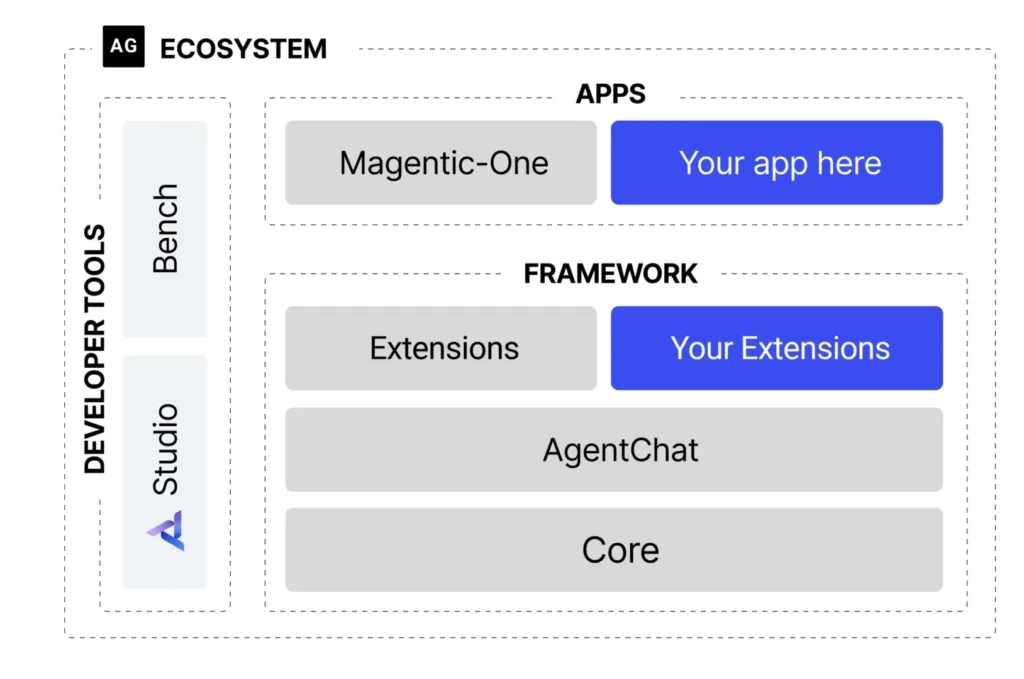
Microsoft also created AutoGen, which outlines the interactions between the different AI agents. This makes it possible for different agents to collaborate on a task effectively.
Find out how Agentic AI is revolutionizing security operations centers with unmatched efficiency. Learn more here.
3. CrewAI:
CrewAI is an open source that is developed on LangChain. This simplifies the construction and control of groups of AI agents.
4. LangGraph:
Based on LangChain, this open-source framework is also developed. It provides more features for creating new applications of AI.
Learn the key risks of Agentic AI that enterprises must navigate to stay ahead. Read the insights here.
5. TaskWeaver:
Microsoft created TaskWeaver. It is a code-centric framework that is based on a developmental life cycle approach for data analytics. It incorporates LLM and can be well-informed with specific information in various industries.
These frameworks help developers to build sophisticated and stand-alone AI applications. These applications are capable of interacting with other such applications as well as with human beings.
Looking to invest in the future? Check out the top Agentic AI stocks to watch.
When to Choose Traditional AI vs. Agentic AI
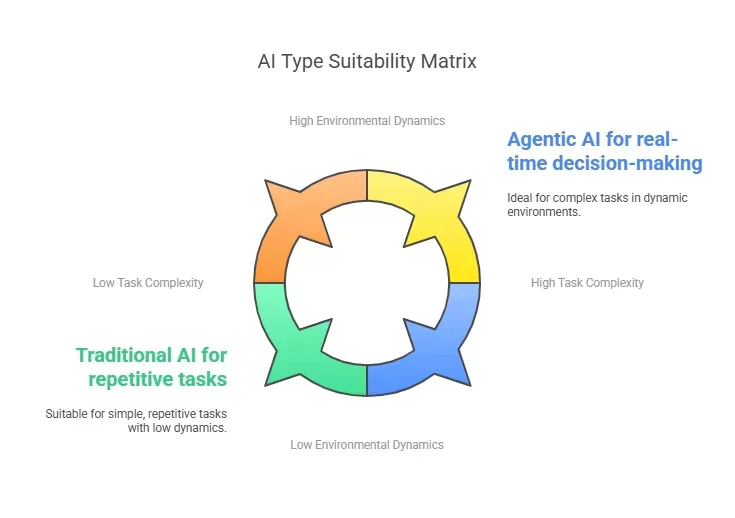
The choice between Traditional AI and Agentic AI depends on the task at hand:
Choose Traditional AI If:
- The task is repetitive and well-defined.
- High safety and control are required.
- Resources are limited.
Choose Agentic AI If:
- The environment is dynamic and unpredictable.
- Real-time decision-making is needed.
- The task involves complex, multi-step processes.
FAQs
How does agentic AI differ from traditional AI?
Agentic AI can make decisions and learn on its own, while Traditional AI follows fixed rules and cannot adapt to new situations.
What is the difference between generative AI and agentic AI?
Generative AI creates new content (like text or images), while Agentic AI focuses on making decisions and taking actions based on data.
What is an agentic AI system?
An Agentic AI system is an autonomous AI that can think, learn, and act independently to solve problems or complete tasks.
What is the difference between traditional AI and modern AI?
Traditional AI follows pre-set rules and is task-specific, while modern AI (like Agentic AI) can learn, adapt, and make decisions on its own.
Final Words
The shift from traditional AI to agentic AI marks a significant leap in artificial intelligence. Traditional AI is just a way to automate the processes. On the other hand, agentic AI is more engaged in problem-solving and decision-making processes. Agentic AI is expected to revolutionize many industries as the use of AI technology advances. They provide solutions that are more effective and flexible than the others. This development can result in improved results across many disciplines.

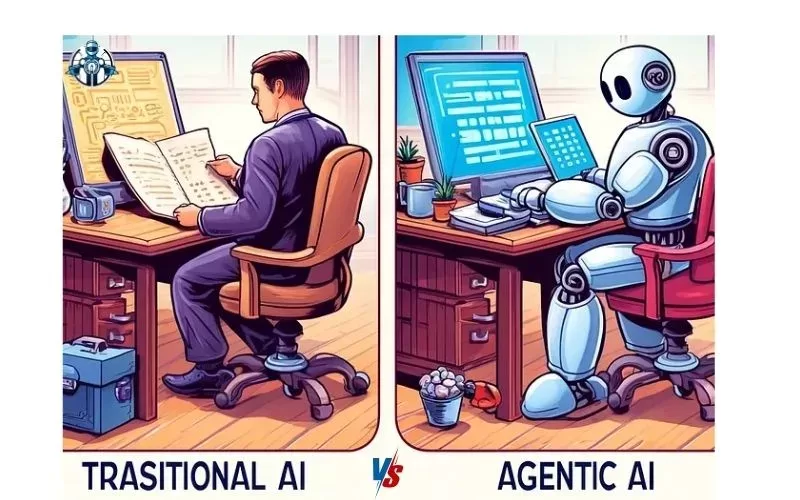
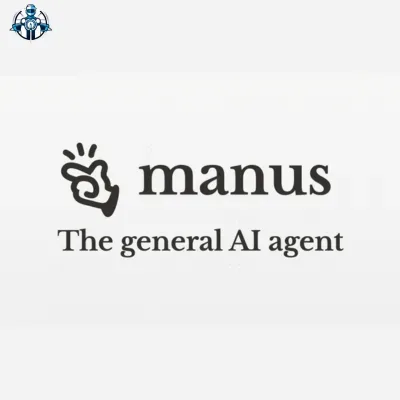

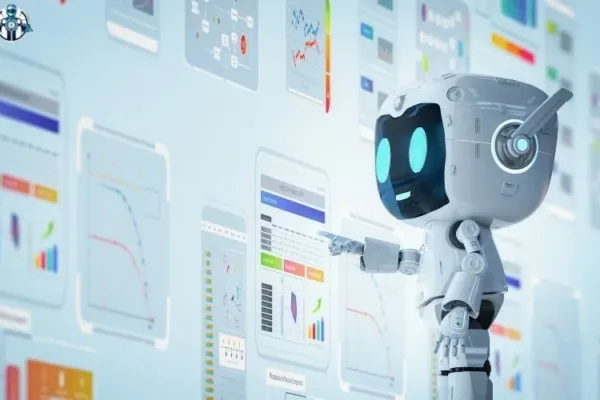
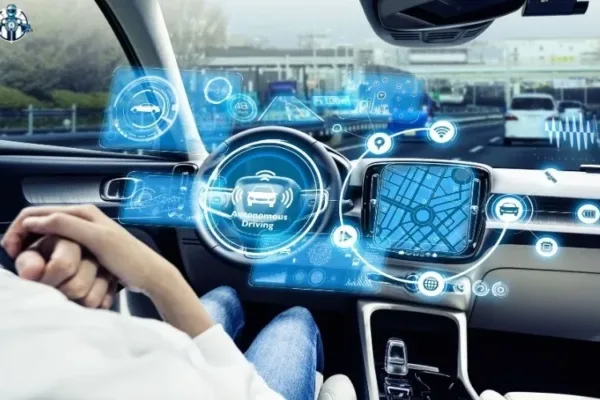




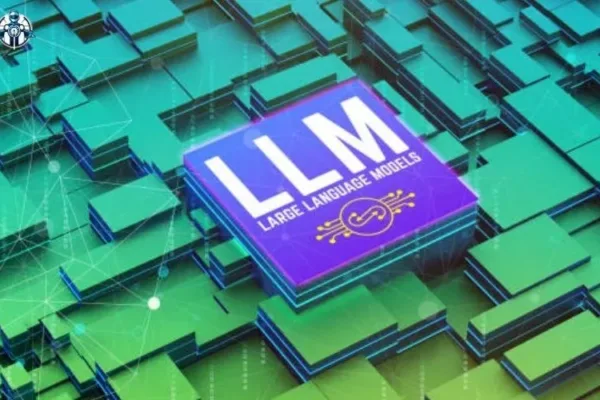
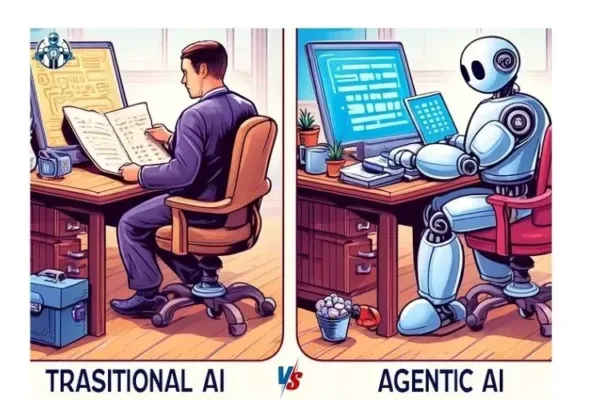
4 thoughts on “Agentic AI vs. Traditional AI: Key Differences and Why It Matters”